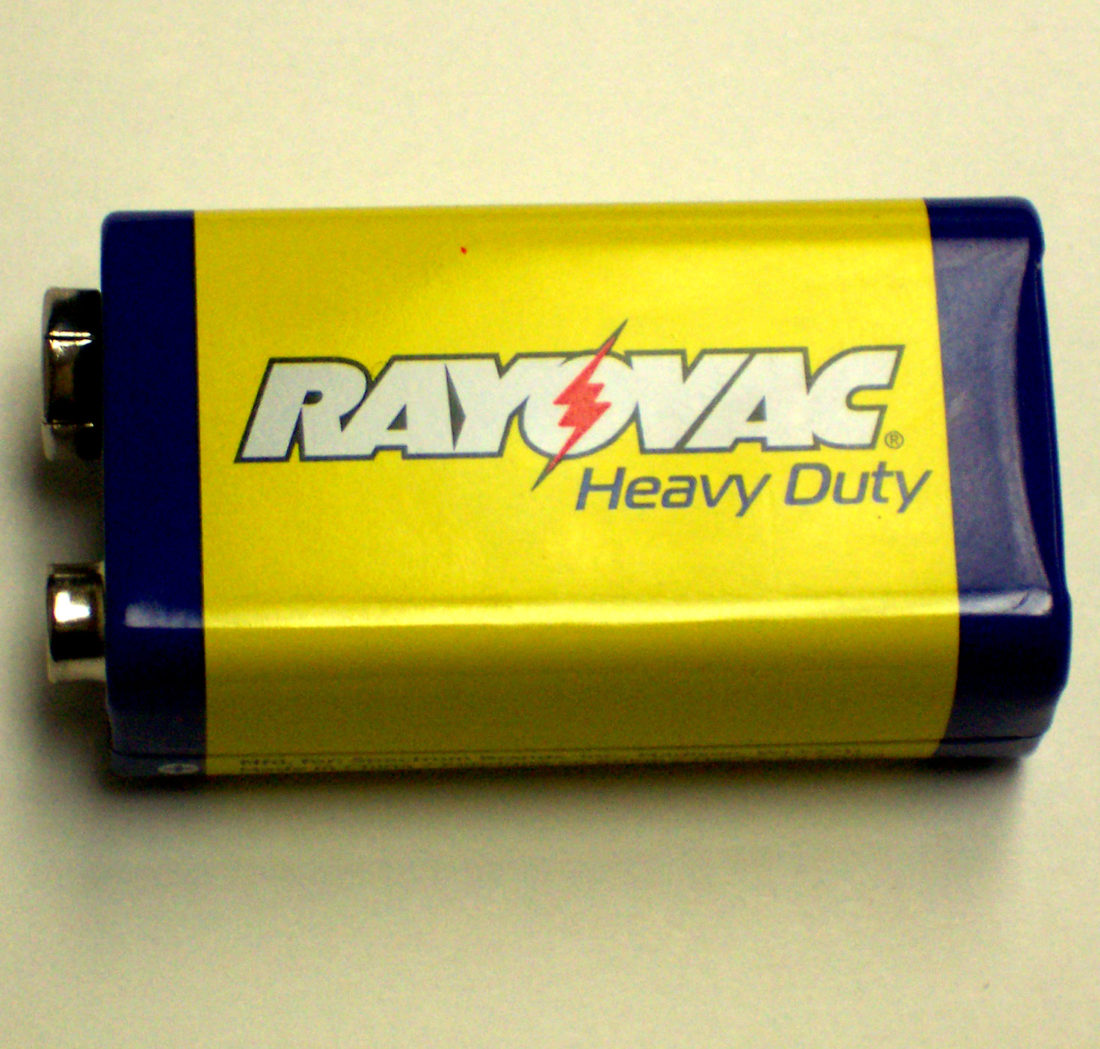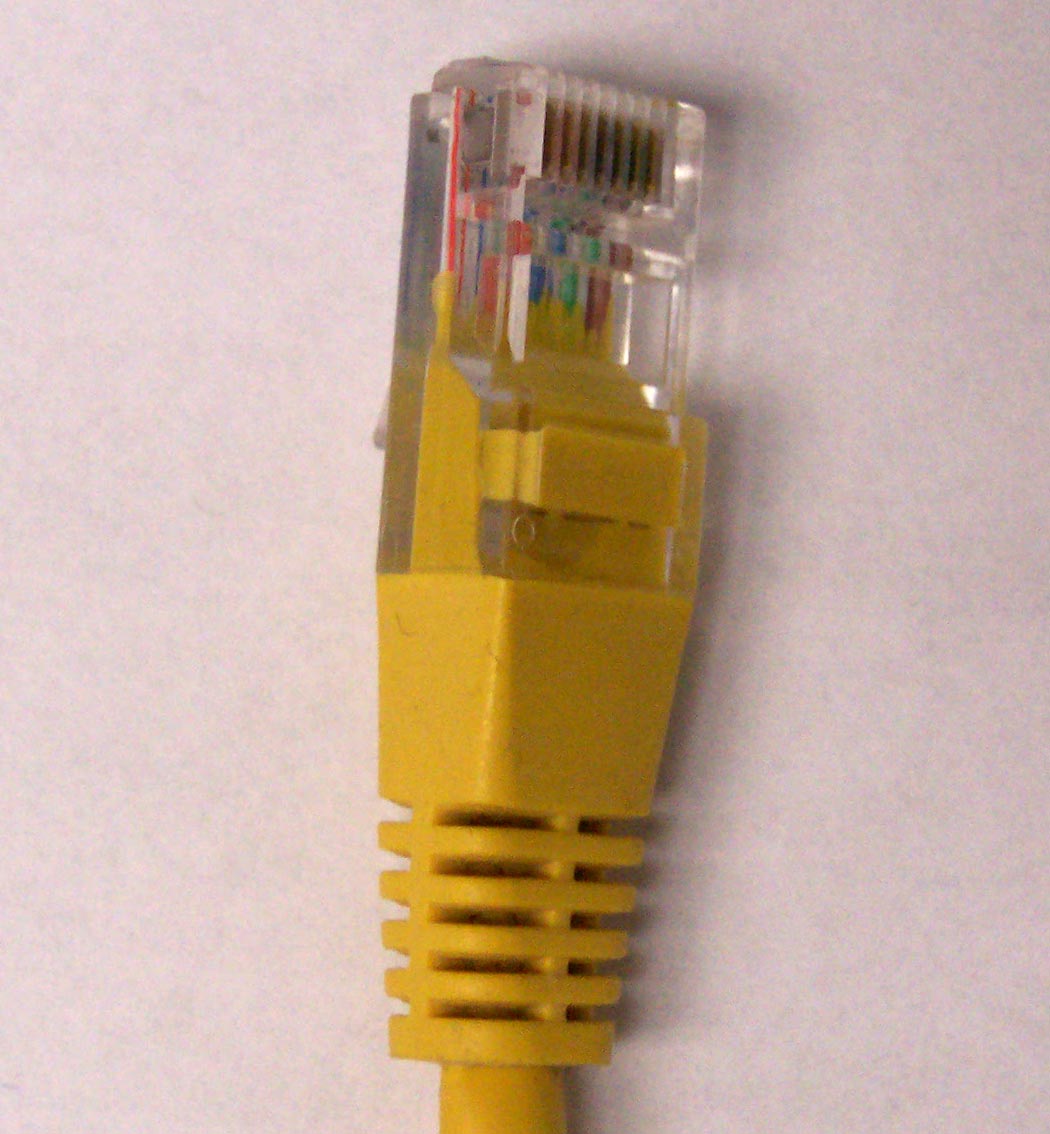SDI & VIDEO OUTPUT IMPEDANCE MEASUREMENT
By F. F. McClatchie
WHY THE 75 OHM STANDARD for SDI VIDEO
The vast majority of coaxial cables used are either 50 Ohm or 75 Ohm Characteristic Impedance. This Characteristic Impedance is determined by the ratio of the diameters of the shield and core wire and the Dielectric Constant of the insulating material between the core wire and the shield. The TV Broadcasting Industry chose to use the 75 Ohm standard for coaxial cable in SDI video.
Since a coaxial cable must be terminated at both ends of the cable with resistances equal to the cable Characteristic Impedance to prevent reflections from impairing the picture, SDI and Video signal sources must have an internal source impedance of 75 Ohms, and end of line terminations must be provided with a 75 Ohm termination.
THE PROBLEM
Both the Source and terminating impedance can change with devastating effect on the signal level and quality. The most common cause of this change in impedance and level is the damaging effects of indirect lightning strikes. A direct lightning strike is easy to find and correct because the equipment in the path is normally burned out and non functional, however indirect lightning damage is often hidden from sight and not so easily detected.
As an example it is vary common for the input or output of a video amplifier to be struck in such a way that the input terminating resistance is raised to a resistance higher than 75 Ohm but not burned out. This lightning damage is caused by a high voltage ground differential that flows in the cables attached to the equipment. In fact the resistor itself shows no sign of damage except that it is no longer 75 Ohms. The lightning strike happens so fast with such a short duration of time that the resistor has no time to heat up, instead the high voltage causes an arc underneath the paint on the resistor vaporizing the resistive element partially raising the resistance without burning the paint.
When damage to the input occurs the signal level will go up and you may have reflections in the video signal that causes ghosting or in the case of an SDI signal it will cause an increased bit-error rate that will lead to signal failure.
If the strike affects the output drive impedance (resistor) the output will go down and you could see ghosting at the output or a high bit-error rate. One test is to un-terminate the signal an see if it exactly doubles in amplitude. If it does not exactly double in amplitude then the output impedance is damaged.
PROBLEMS CAUSED BY INCORRECT TERMINATIONS
Ghosts and Ringing become more evident as the length of the coaxial cable becomes greater. The ringing effect (where a white-to-black or black-to-white transition in the picture is repeated many times in close succession) occurs with short cable runs of 50 to 200 feet. Obvious Ghosts appear when the cable is 500-1000 feet long. The first of many successive Ghosts will be about 1/2 inch to the right of the original object on a TV monitor screen with about 1000 feet of cable.
THE SOLUTION
If you discover that the level in you system has changed subsequent to a lightning storm or any other electrical upset you should be aware of the signs of impedance change as it effects level. Beware of the simple level adjustment fix. If the level has changed significantly be sure to find out why it changed and where in you system the change took place. If you don’t another problem may be lurking in the shadows.
But how can you be sure a particular piece of equipment really has 75 Ohm output impedance. The answer of course is to test the output impedance yourself anytime you get a change in level after a lightning storm. Unfortunately this measurement cannot be made directly with your trusty Volt-Ohmmeter. The output impedance of your video equipment is not a static resistance reading, but a dynamic AC Reactance measurement.
CORRECT METHOD FOR MEASURING VIDEO OUTPUT IMPEDANCE
Connect the equipment to be tested through a short 75 Ohm coaxial cable to an Oscilloscope, Waveform Monitor or CM-2 Camera Master. Arrange to be able to place a precision Termination (75 Ohms +/- 1%) at the Oscilloscope or meter. Measure the amplitude of the sync pulse with the termination in place. The sync pulse should read about 40 I.R.E (0.286 Volts Peak-to-Peak). Now remove only the 75 Ohm Termination, the sync level will double (80 I.R.E 0.571 Volts Peak-to-Peak) if the camera has the correct source impedance.
An actual output impedance measurement may be made by using the formula in the following TABLE 1.
PASS / FAIL TEST (TABLE 1)
SYNC PULSE SYNC PULSE
UNTERMINATED TERMINATEDSOURCE IMPEDANCE
Vp-p IRE Vp-p IRE
0.571 800.286 40 PASS 75 Ohms (=/- 5%)
0.286 40 0.286 40 FAIL NEAR ZERO Ohms
Even though exact readings will vary between various pieces of equipment, this test will suffice as a PASS/FAIL test. If a more exact measurement is desired, the following formula may be used.
CALCULATION OF PRECISE SOURCE IMPEDANCE
U – T U = Un-terminated Reading of Sync IRE or Voltage.
S= —– X 75 T = Terminated Reading of Sync IRE or Voltage.
T S = Internal Source Termination in Ohms.
We have a meter to measure SDI signal level in dB called the SDI-2 CLICK HERE to get more information.

SDI-2 Level Test Meter




